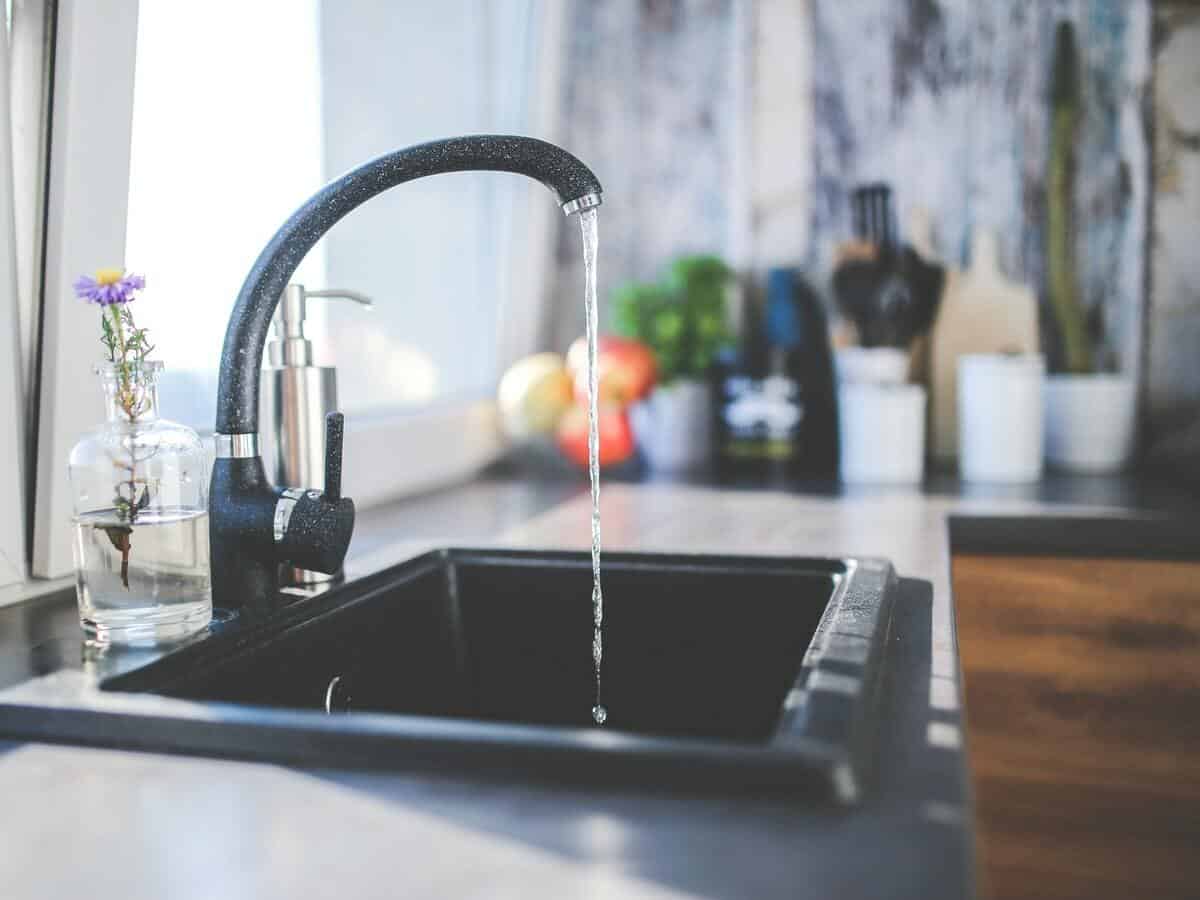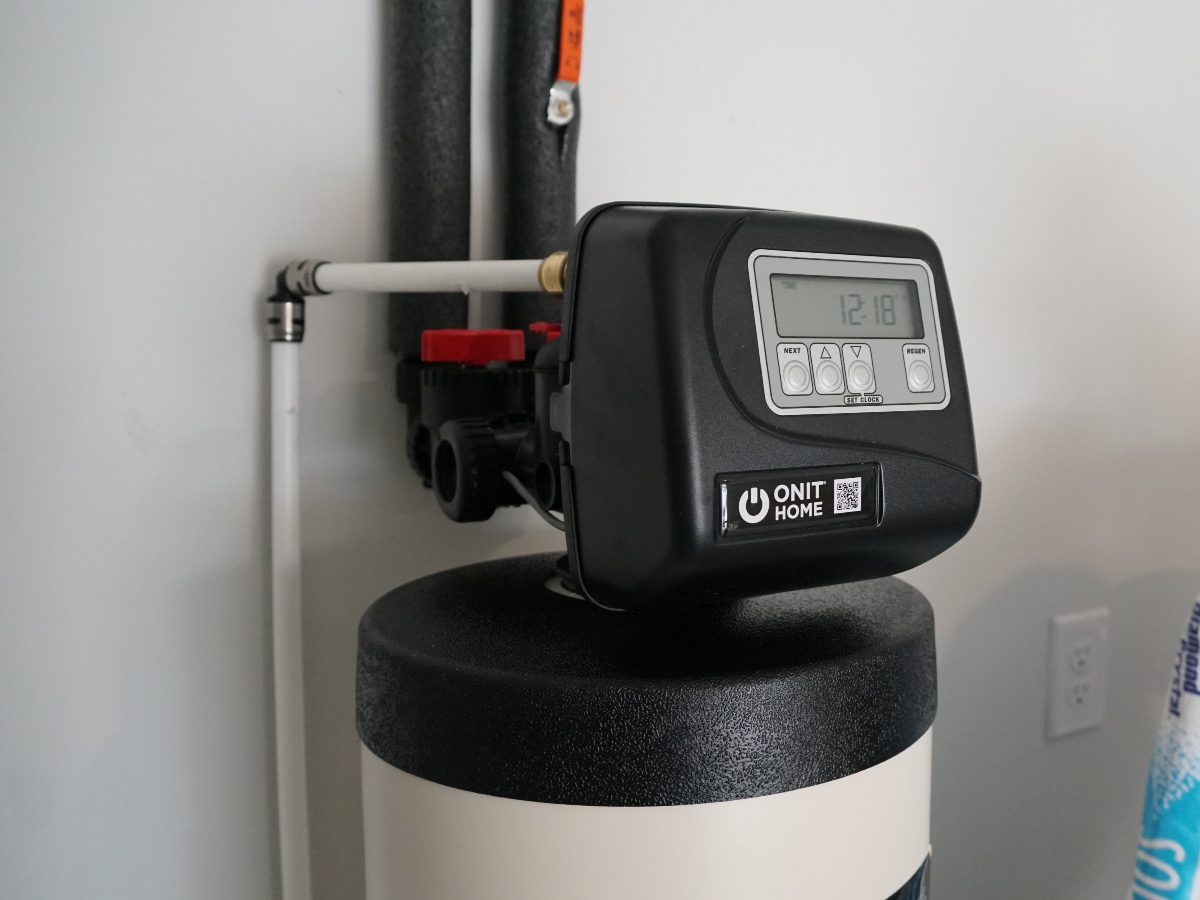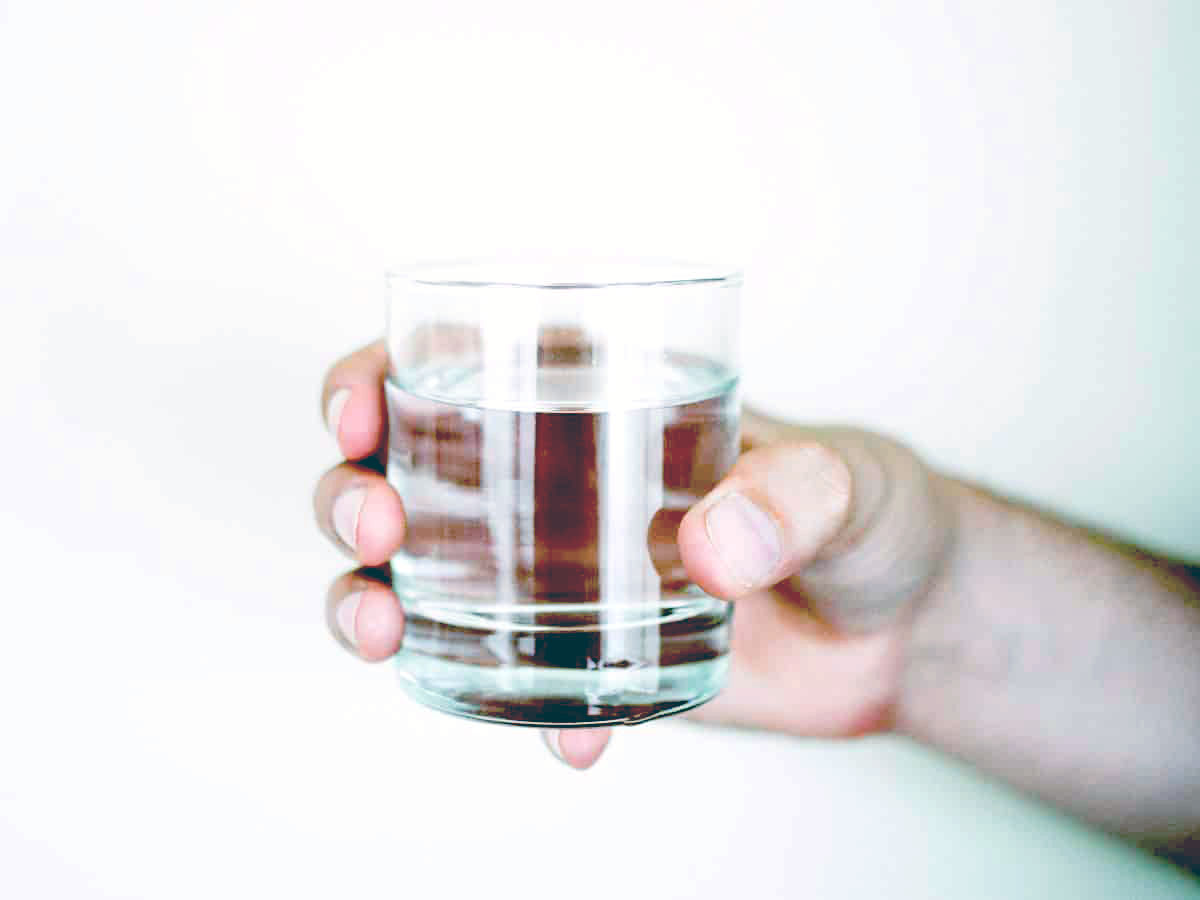Are you worried about ammonia in the water? When ammonia is naturally occurring, its levels in water are low. High ammonia levels may be present in tap water due to human activities such as farming. It is also a key ingredient in many industrial products, fertilizers, and cleaning products. So, does ammonia in water affect my health and home?
Low levels of ammonia in water are considered a non-issue when ingested for a short period. The problems arise when you ingest ammonia for a long time. Drinking water with high levels, even for short periods, can lead to poisoning. Long-term exposure to ammonia can lead to damaged internal organs. Furthermore, ammonia in water is highly toxic to aquatic life.
In this article, we’ll take a closer look at ammonia and the potential effects of ammonia in water on human health. We’ll also explore some treatment options for removing ammonia from the water.
What Is Ammonia?
Ammonia (NH3) is a naturally occurring substance in soil, water, and air. It’s formed by one nitrogen and three hydrogen atoms. It can come from natural sources, like decomposing plants, leftover foods, urine, and manure wastes. Human activities like manufacturing and farming can also release ammonia into the environment.
Ammonia exists in both gaseous and liquid forms. In its gaseous state, ammonia dissolves in water easily, forming ammonium hydroxide.
Ammonia gas can be compressed into a liquid state. This liquid form is most common in household and industrial applications. At room temperature, ammonia gas is colorless and has a strong, suffocating smell that can easily irritate the respiratory tract.

Does Ammonia In Water Affect My Health and Home?
While ammonia is not harmful in small amounts, long-term exposure can lead to serious health problems. Exposure to high levels of ammonia can also lead to serious health issues. In addition, ammonia in water, even in small amounts, can make it difficult for fish and other aquatic creatures to breathe.
High levels of ammonia in your water can damage your piping system. Water pipes and distribution systems made from copper, zinc, and brass materials, can easily corrode because of high levels of ammonia in water. However, steel and iron materials are not susceptible to corrosion due to ammonia in water.
High ammonia levels can cause a foul smell and taste in your drinking water. When chlorine and ammonia disinfect drinking water, they can cause chloramine, which gives it a foul odor and taste.
How Is Ammonia Used?
Ammonia is a versatile substance that has a lot of different uses. While it’s a naturally occurring environmental element, it’s also a key ingredient in many household and industrial products. Ammonia is present in many household cleaning products, including window and glass cleaners. It’s also used in some fertilizers, pesticides, and dyes. In addition, ammonia is an excellent refrigerant used in food processing, preservation, and other refrigeration processes.
Ammonia is also used to manufacture chemicals, pharmaceuticals, plastics, textiles, and other materials.
How Does Ammonia Get in the Water?
Ammonia can naturally get into your drinking water by leaching from the soil into water sources. It can also enter the water through air deposition, agriculture runoff, or factory releases. Water pipes containing cement mortar on their insides can also release ammonia into your drinking water. In addition, sewage or animal waste can increase ammonia levels in water sources.

What Are the Health Effects of Ammonia?
While ammonia is not generally considered harmful, some health risks can arise due to exposure to high levels. Its effects depend on the level of exposure and the route of exposure.
Ammonia in Water
Humans are less likely to be affected by ammonia unless ingesting is higher than the detoxifying capacity. Long-term ingestion of levels higher than 1 mg/liter (ppm) can damage the internal organ system and cause serious health problems.
Corrosion can leach lead and copper into your drinking water, leading to adverse health effects such as kidney and liver damage. Furthermore, corrosion can affect your water’s aesthetics, such as color and taste. Ammonia can also cause damage to your home’s plumbing system as it corrodes metallic pipes.
Ammonia in water can signify fecal pollution, leading to diarrhea, cholera, typhoid, hepatitis A, and dysentery. Aquatic organisms, such as fish, are the most affected by ammonia in water. Even low ammonia levels in water can cause a buildup in tissues and blood. The buildup can damage the gills, liver, and other tissues, leading to difficulty breathing and death.
Ammonia in the Air
Inhaling ammonia can irritate the lungs and throat and cause coughing and difficulty breathing. It can also cause skin, eye, and nose burning sensations. Inhalation of very high ammonia levels can lead to respiratory tract damage, blindness, or death.
What Are the Safe Levels of Ammonia in Drinking Water
The Environmental Protection Agency (EPA) believes that high ammonia levels in water sources are rare and that the natural levels do not pose health risks to humans. Therefore, the agency still needs to set a maximum contaminant level (MCL) for ammonia contamination in water.
The levels of ammonia present in water can vary depending on the source of the water and the treatment methods used. Notably, the safe level of ammonia for aquatic organisms is 0 ppm. However, the environmental limits for ammonia in the surface water are between 0.25 and 32.5 mg/l.
Signs There Might be Ammonia in Drinking Water
The best way to know if there is ammonia in your drinking water is to conduct a water test. However, some signs can indicate ammonia in water.
- Low pH levels: Ammonia in water causes pH levels to be low. So, if you notice that your water has a lower pH than usual, it could be a sign of ammonia contamination.
- Taste and odor: Ammonia has an unpleasant smell and a moldy or earthy taste. So if your water has a taste or odor, you can test it for ammonia.
- Low chlorine levels: When ammonia combines with chlorine, it forms chloramine, meaning chlorine levels will reduce in the water. So if you detect low chlorine levels, it can show ammonia in drinking water.
How to Remove Ammonia from Water
Removing ammonia from water is difficult. However, a few ways are effective:
- Ion exchange: The process involves exchanging positive and negative ions to remove water contaminants. The exchange material is resin, filled with ions in the opposite charge of the ions you want to remove from the water. A water softener is an excellent example of ion exchange, as it removes calcium and magnesium ions from water. Ion exchange can also remove heavy metals and other impurities from water.
- Nitrification: It’s a two-step process by which ammonia is converted first to nitrite and then to nitrate. Bacteria known as nitrifiers perform the process. In the first step of nitrification, Nitrosomonas bacteria convert ammonia to nitrite. In the second step, Nitrobacter bacteria convert nitrite to nitrate. It’s important to note nitrification degrades the water quality. For example, it can increase nitrates/nitrates levels and reduce pH and alkalinity in water.
- Reverse Osmosis (RO): RO systems effectively remove ammonia and dissolved solids from water. Reverse Osmosis filters contain a semipermeable membrane with tiny pores that allow only water molecules to pass, leaving contaminants behind.
It’s good to note that boiling water does not effectively remove ionized or dissolved forms of ammonia. However, it may be effective at removing free ammonia. The removal method you choose will depend on your specific situation. If you need more clarification, you can always contact a water treatment professional to help you find the best solution.

Can an ONIT Whole Home Water Filtration System Remove Ammonia?
The most effective method for removing ammonia is installing a whole-home water filtration system. The system is installed on your home’s main water supply line to ensure it filters water before it enters your home.
Our whole house filtration system includes activated carbon, a water softener, a UV purifier, and an RO system. This ensures the filtration system removes 99.9% of contaminants, including taste and smell, PFAS, sediments, chemicals, and heavy metals. One main benefit of having this system is that you’ll have cleaner, purer water for drinking, cooking, and bathing. Besides keeping your family healthy, a whole home filtration system ensures your plumbing system is damage-free.
Enjoy Clean Water with ONIT Home
Ammonia in water poses fewer health risks, mainly if it occurs naturally. However, these levels might increase due to human activities, which makes it crucial to test your water. Ammonia ingestion, especially at high levels, can cause health effects and damage your piping. It can also kill your aquatic organisms, even at low levels.
Test your water immediately if you notice a foul odor, taste, or reduced pH level. This is where ONIT Home comes in. We can help you determine the quality of your drinking water by providing a free water test. Our testing takes less than 10 minutes.
Our experts can help customize a unique system for your home. Once we identify the problem, we can offer the best solution depending on your water quality. In addition, we offer professional installation, so you can have peace of mind knowing your family is safe.
Reach out to us today for a free water test, or call us at 1-833-433-0331 to speak to our experts. Need clean water? We’re ONIT!



